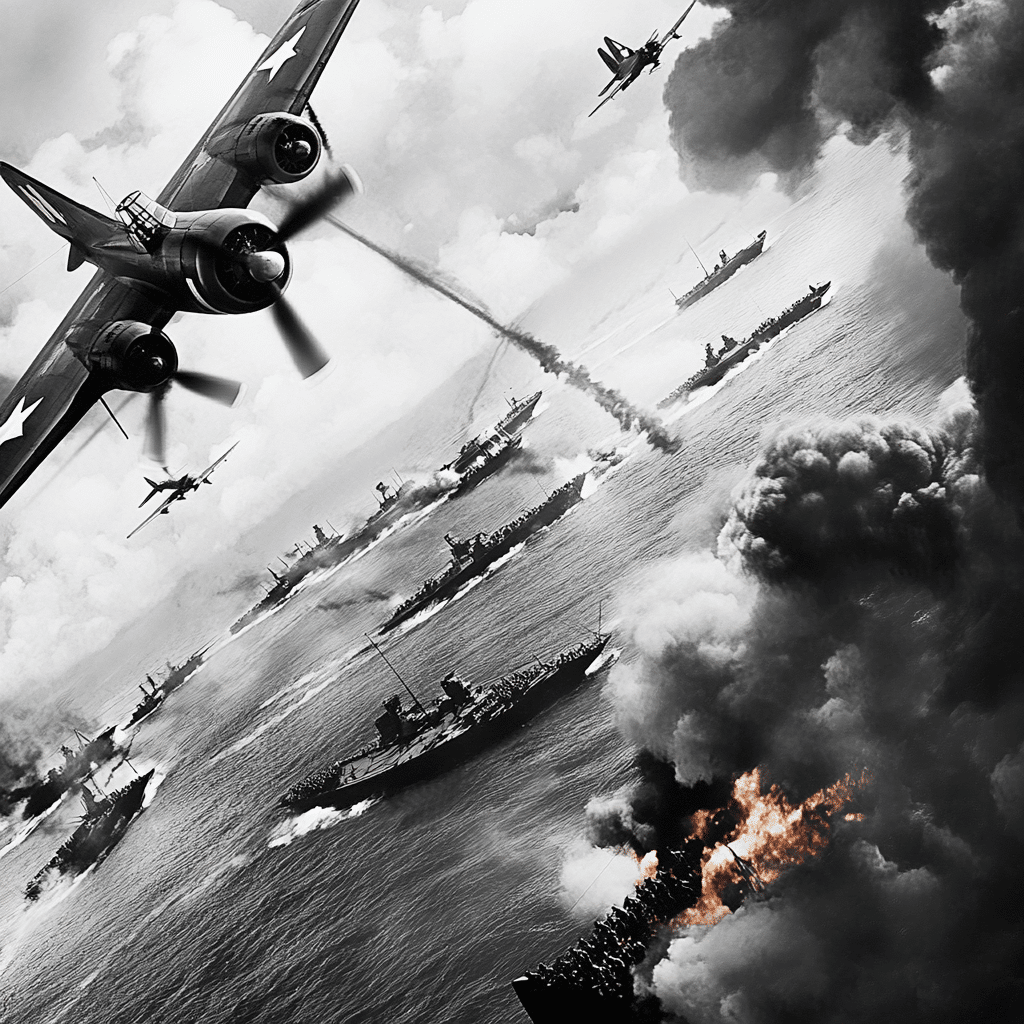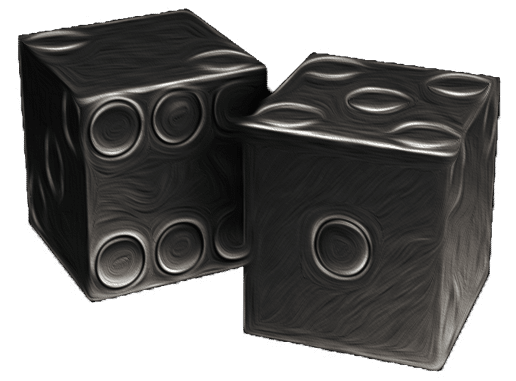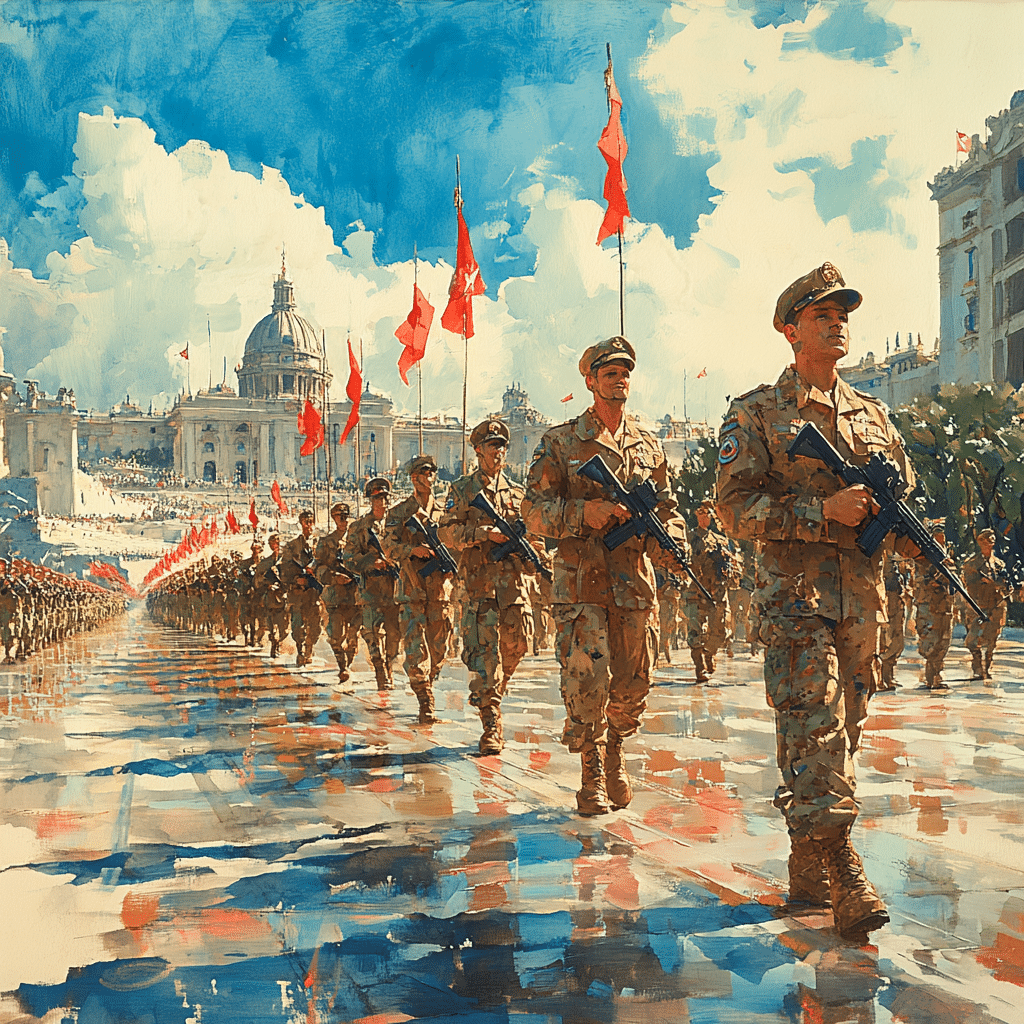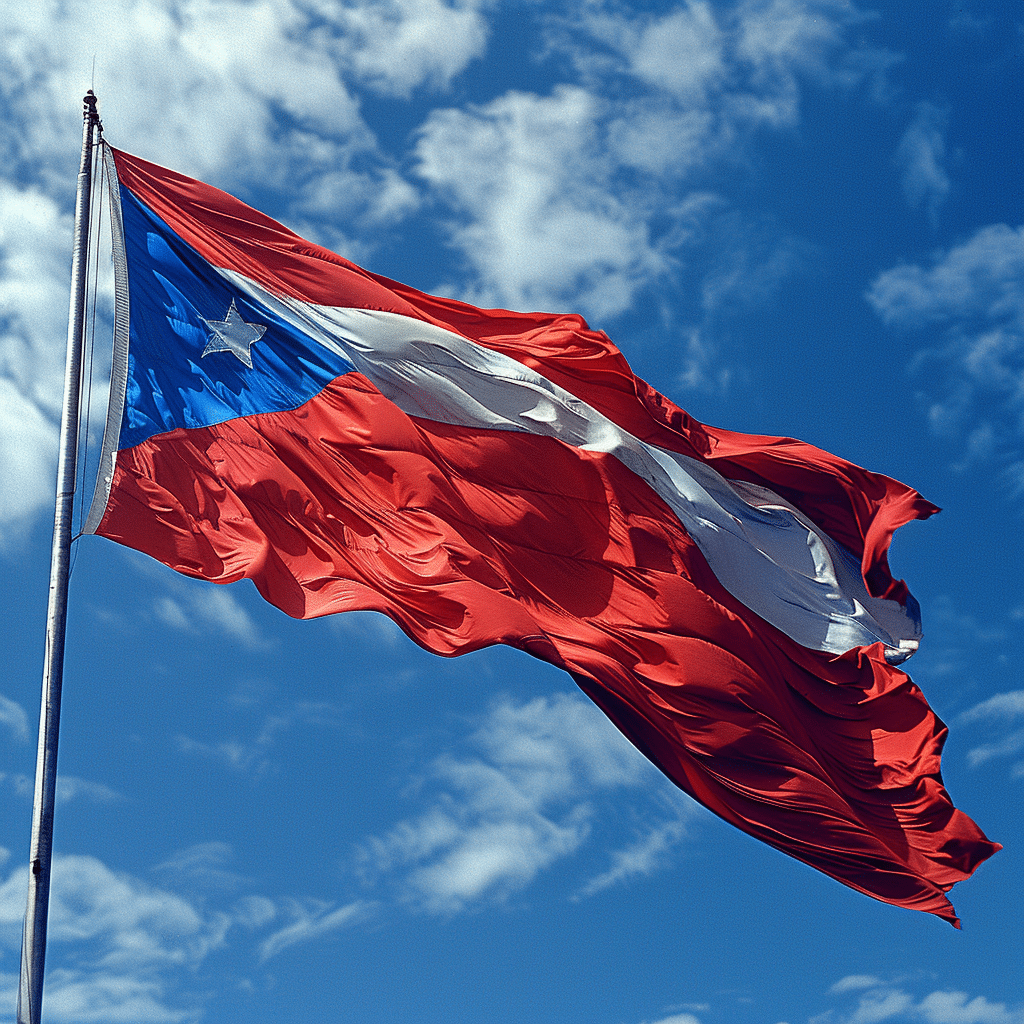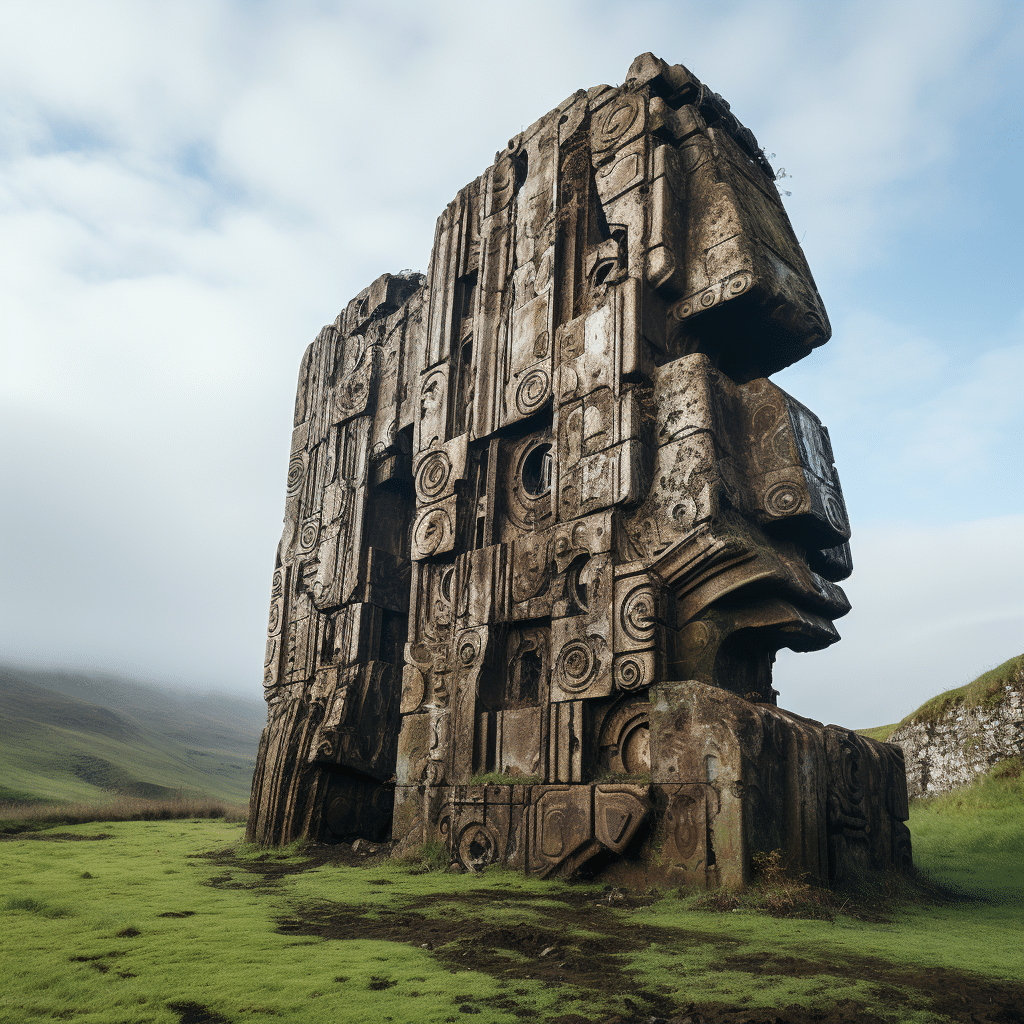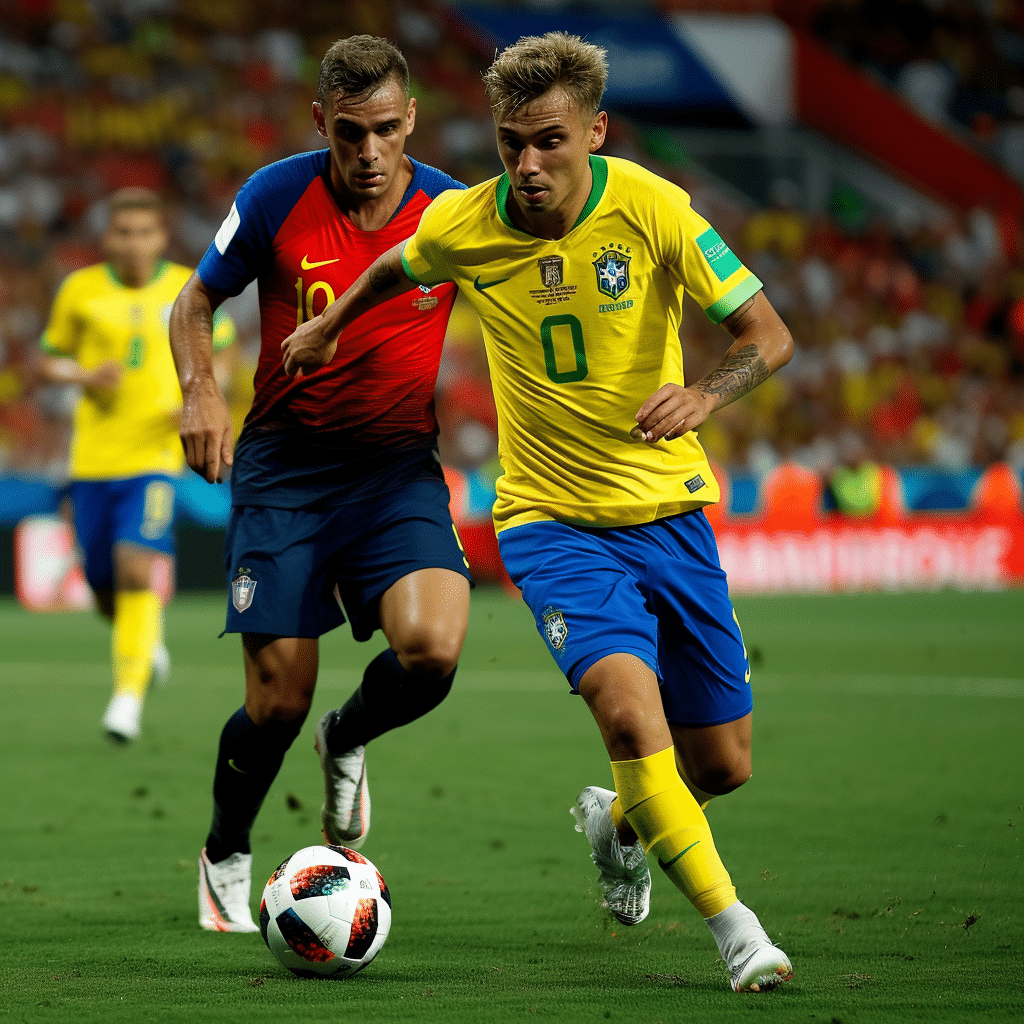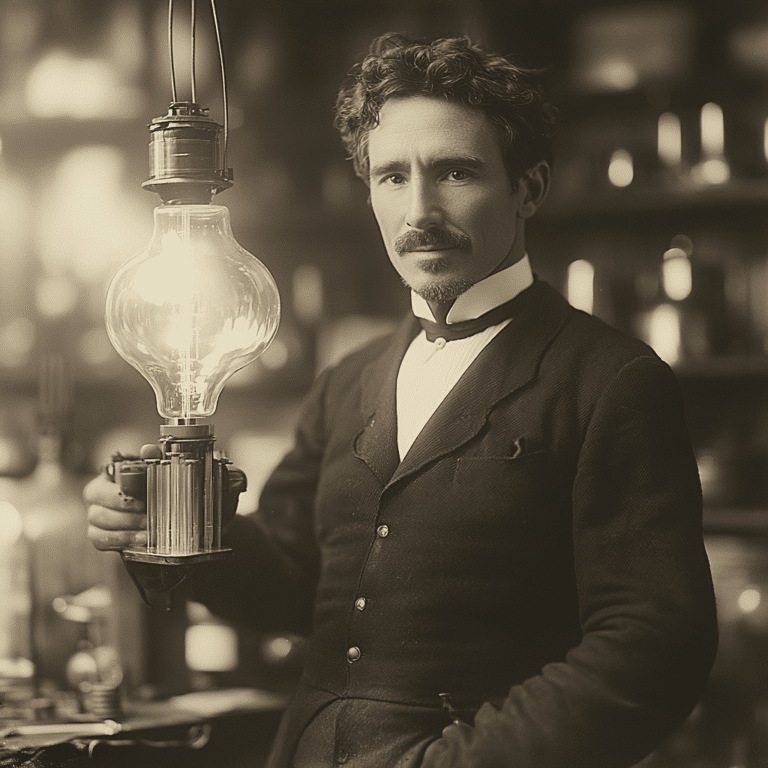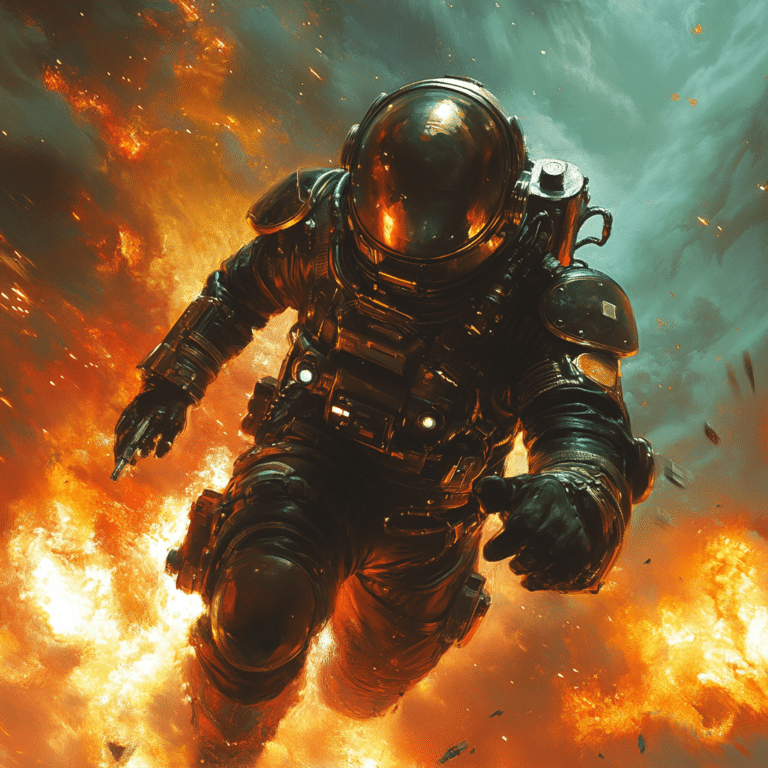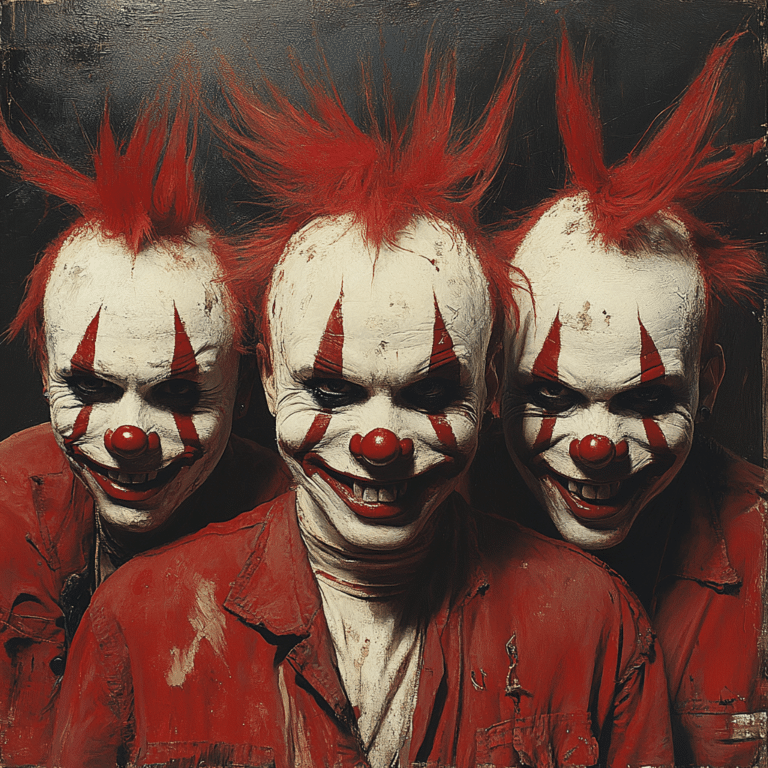The Battle of Midway wasn’t just another skirmish in the long saga of World War II; it marked a significant shift in naval warfare and the tide of the Pacific War. Early June 1942 saw the Pacific theater ablaze with tension, as the Japanese Imperial Navy sought to expand its dominance following their devastating attack on Pearl Harbor. The battle is often lauded as a turning point that shifted the momentum towards the Allies, showcasing intelligence, strategy, and a bit of luck. Let’s dive into how this crucial battle unfolded, its impact, and why it continues to be a hot topic in military history discussions.
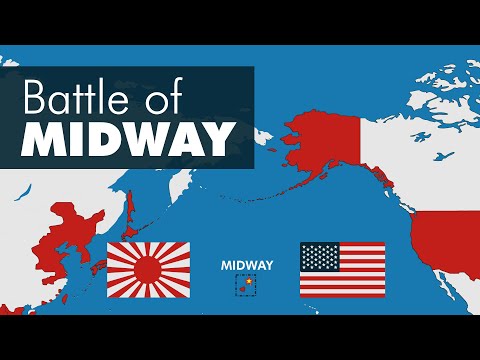
The Prelude to the Battle: Setting the Stage
As June approached, the world was a cauldron of conflict, but the stage for the Battle of Midway was set against a thrilling backdrop. Japan had risen like a phoenix after Pearl Harbor, recently broaching new territories and had its sights set on Midway Atoll. They believed capturing the Midway would create a foothold for further expansion in the Pacific. But little did they know, the Americans were onto their game, spearheaded by Admiral Chester W. Nimitz, whose leadership galvanized American forces.
Midway Atoll wasn’t just a piece of land; it was a strategic gem in the Pacific Ocean. The Atoll provided a base for aircraft and was vital for communication and intelligence. Without it, the Japanese would struggle to support and sustain their operations in the vastness of the Pacific. But Nimitz and his team had not been relaxing in the sun; they were crunching numbers and gathering intelligence, knowing that a fight was coming and that they needed to be ready.
Meanwhile, Japanese commanders firmly believed their fleet was untouchable. Their confidence was palpable, almost like a kid thinking they’re invincible in a game of dodgeball. This underestimation would come back to haunt them as the Americans quietly began assembling their forces, preparing to meet the enemy head-on in a battle that would change history forever.
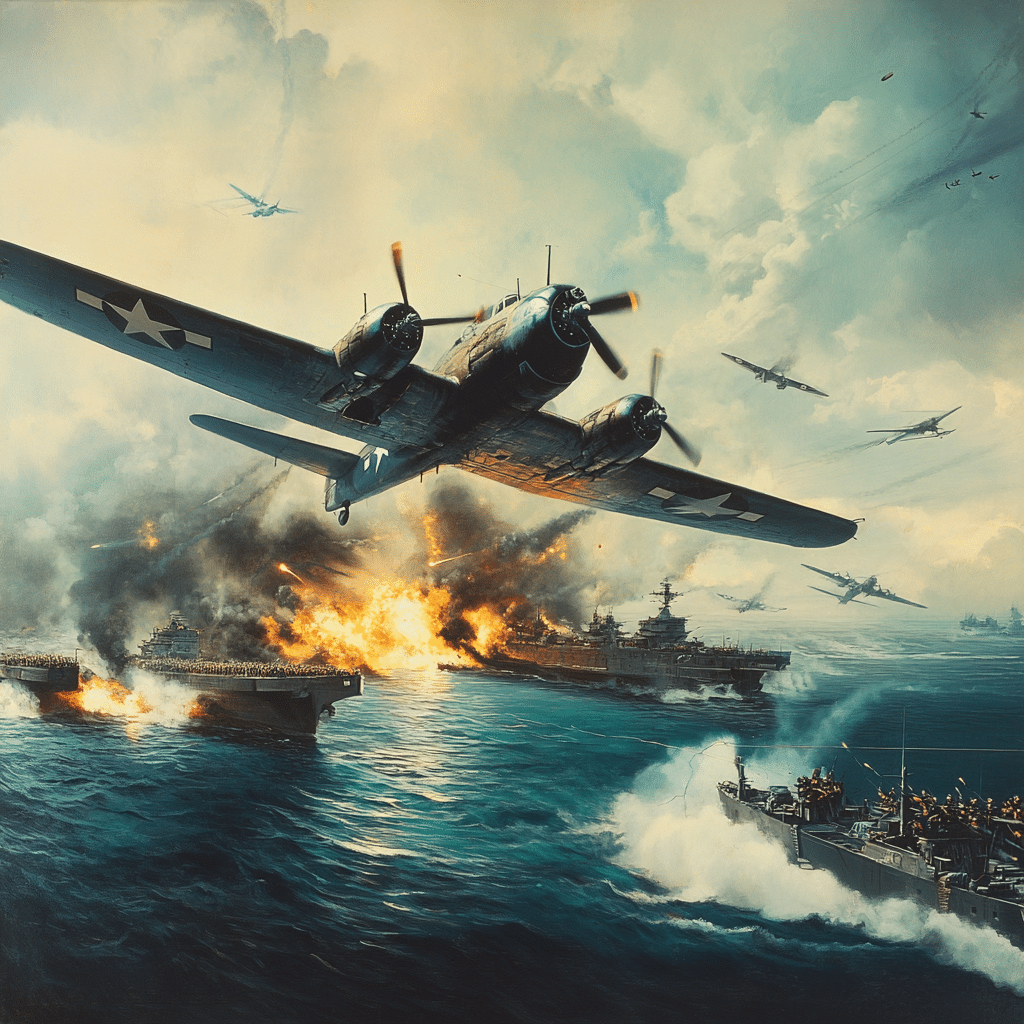
Top 7 Factors That Led to the Success of the Battle of Midway
Understanding why the Battle of Midway turned out the way it did requires delving into a cocktail of strategic decisions, sheer guts, and some good old-fashioned luck. Here are the seven ingredients that made up this potent mix:
The Americans cracked the Japanese naval code, much like how a kid figures out the cheat sheet for their math test. This enabled them to anticipate the attack on Midway and mobilize their forces effectively.
The U.S. cleverly made the Japanese believe their Pacific Fleet was weaker. This deception was akin to leading your opponent to think you’re running low on energy in a game of poker, only to go all in when the time is right.
Opting for aircraft carriers over battleships, the U.S. Navy showed remarkable foresight. This choice allowed them to engage in a new style of warfare that emphasized air superiority, showcasing planes, not ships, at the forefront of naval battles.
Leadership from Admiral Nimitz, along with courageous pilots like Edward “Butch” O’Hare, set the tone for the battle. Their determination and innovative thinking energized the troops, making them feel like they were equipped with superpowers.
The introduction of radar technology gave American forces an edge not seen before. Imagine having an X-ray vision in a game—it allowed them to detect incoming Japanese attacks sooner, allowing better defensive responses.
The flexibility of U.S. Navy pilots to change tactics mid-battle was revolutionary. It was like a dance where the choreographer suddenly decides to switch styles, and everyone follows along—confusion for the enemy, a winning strategy for America.
The Japanese made the classic blunder of overestimating their capabilities while underestimating the Americans. They thought they were unbeatable, which led to poor tactical decisions and a costly price to pay during the battle.

The Impact of Midway on the Rest of World War II
The triumph at the Battle of Midway didn’t just raise the spirits of the American troops; it tilted the balance of the war. After the battle, the Japanese Navy found itself on the defensive, which created opportunities for American advancements. This victory unleashed a wave of momentum that the U.S. capitalized on in ensuing operations, notably in Guadalcanal—an important strategic point for further offensives.
The psychological impact of Midway cannot be overstated. It was a turning point that transformed American morale and confidence. The victory proved that Japan was, in fact, vulnerable, deflating the bubble of invincibility that the Japanese military had built. Suddenly, the narrative of the war shifted as the U.S. began to view itself as a formidable force.
Additionally, this battle set the stage for America’s island-hopping strategy, which would play a critical role throughout the Pacific theater. The Allies, armed with newfound determination and a successful strategy, began to reclaim territories one by one, pushing the Japanese back and eventually culminating in their defeat.
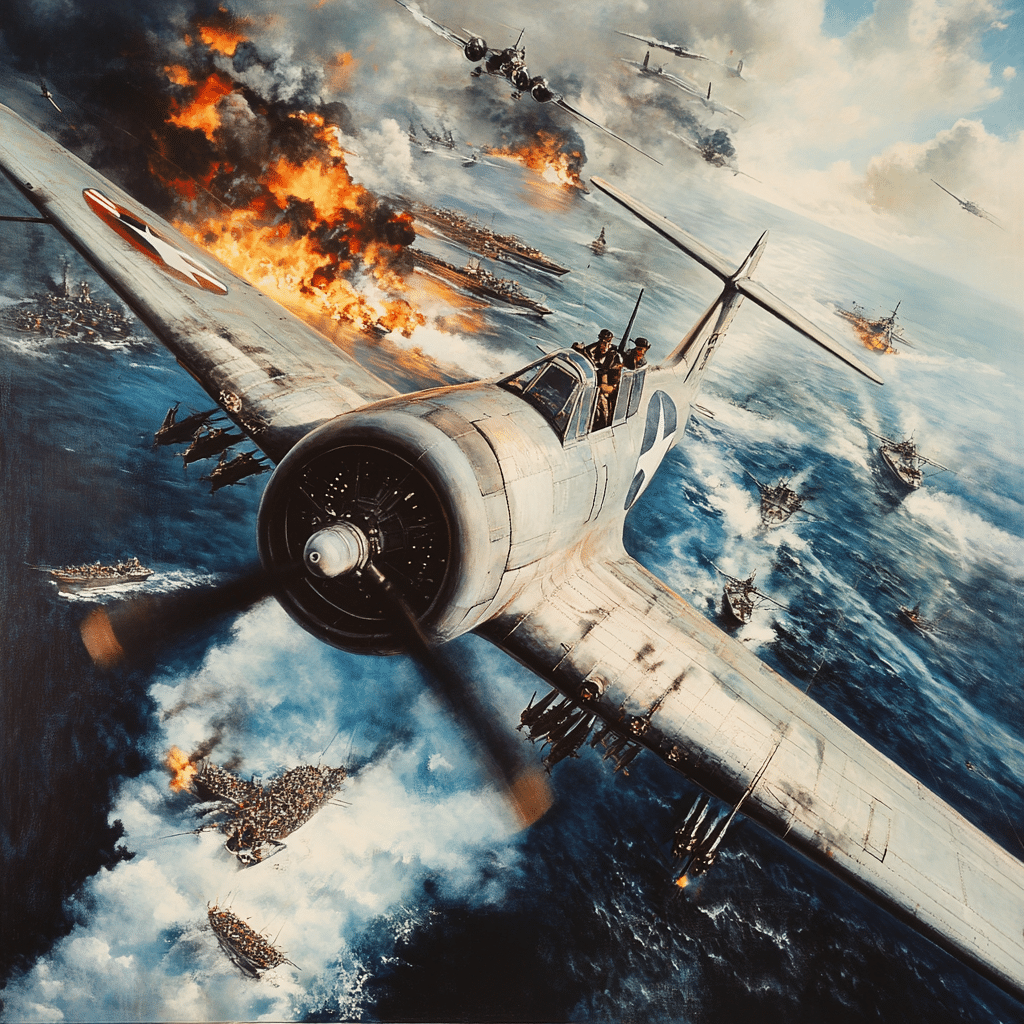
Lessons Learned: Comparing the Battle of Midway and the Battle of the Bulge
While the Battle of Midway exemplified a turning point in the Pacific, the Battle of the Bulge in late 1944 provides valuable insights into European theaters. Here’s how the two compare:
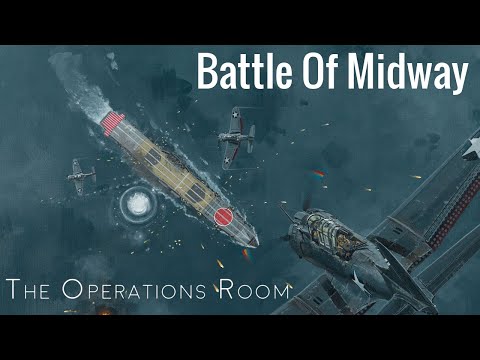
The Legacy of the Battle of Midway
The Battle of Midway didn’t just alter World War II’s trajectory; it left an indelible mark on naval warfare strategies for generations. Its legacy looms large, influencing how military tactics are taught in academies around the globe. The battle made it clear: intelligence, strategy, and audacity can converge in moments that change the course of history, much like how innovative directors like Henry Fonda have influenced the filmmaking process.
Through its emphasis on intelligence achievements and courage, the battle is a testament to the ever-evolving art of warfare. Beyond the battle itself, it played a role in establishing the United States as a superpower in the post-war era, inspiring films and discussions about leadership, resistance, and resilience in the face of adversity—concepts that humanity should always keep in mind. So next time you’re watching a film about a bold leader or an epic confrontation, remember that the echoes of Midway and its lessons continue to resonate loud and clear.
The Battle of Midway remains a vital chapter in understanding warfare’s evolution. It showcases how strategy, bold leadership, and technological innovation can work hand in hand to create success even when the odds seem stacked against you. Cheers to those brave souls whose efforts changed history and taught us what it means to truly fight against the tide.
Battle of Midway: Fun Trivia and Interesting Facts
Strategic Breakthroughs and Surprises
The Battle of Midway, a pivotal clash in World War II, wasn’t just significant for the military tactics employed, but also for how it shaped the future of naval warfare. One fun fact is that the United States had broken Japanese codes before the battle, allowing them to anticipate and strategize against the enemy’s operations. This intelligence coup was akin to how actors in the cast of the last of us navigated their roles with precision. With Midway’s success, the tide began to turn for the Allies, and this decisive victory marked a major turning point that would ripple through the remainder of the war.
The Iconic Aircraft Carriers
In terms of hardware, two American aircraft carriers played pivotal roles: the USS Enterprise and the USS Yorktown. Interestingly, the Yorktown had just returned from a prior engagement and was hastily repaired for the battle—much like the efforts seen in the gridiron gang cast preparing for an intense game. Remarkably, the battle was fought entirely by air and without the ships directly engaging in a traditional naval battle. This was groundbreaking! It paved the way for future conflicts and strategies, setting the stage for aircraft to dominate naval warfare. Speaking of dominance, did you know the loss of four Japanese carriers in one battle was a blow they couldn’t recover from? It’s the sort of setback that even Desiigner would find hard to bounce back from in a rap feud.
Legacy of the Battle
The legacy of the Battle of Midway goes beyond just tactical victories; it influenced popular culture. The battle has been depicted in various films that explore wartime narratives. You can find echoes of this harrowing history in modern storytelling, just like what comedic genius Lil Dicky might explore in a comedic twist on real events. Furthermore, the bravery exhibited by the naval aviators is reminiscent of athletes’ tenacity in college basketball streams reddit, where every game can swing on a dramatic play. This combination of strategy, heroism, and lasting influence makes the Battle of Midway a fascinating chapter not just in military history, but in the broader narrative of storytelling.
